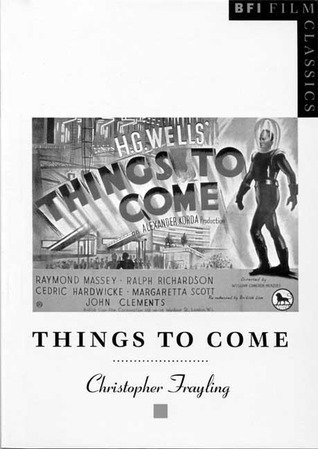
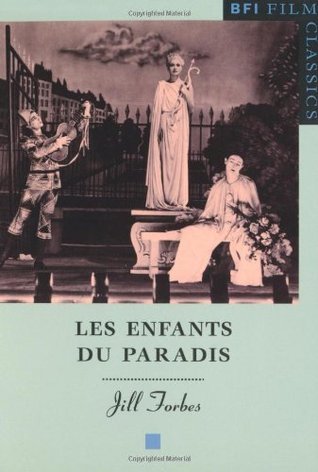
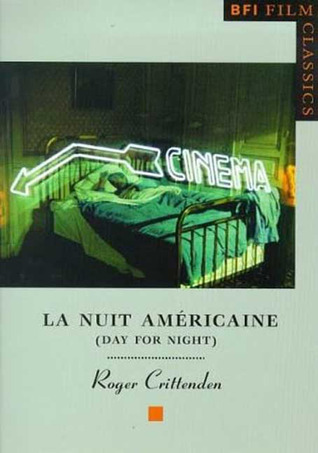
Books in series

Things to Come
1995

Les Enfants du Paradis
1997

La Nuit Américaine
1998
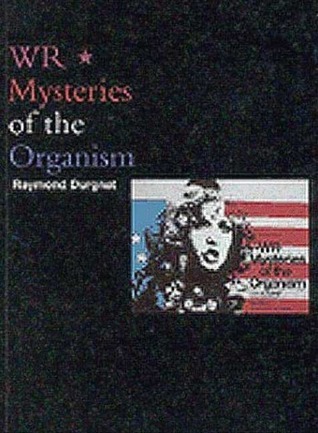
WR
Mysteries of the Organism
1999
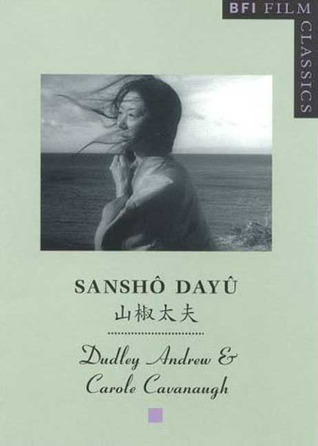
Sanshô Dayû
1999
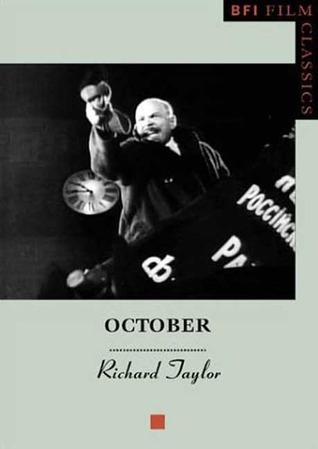
October
2002
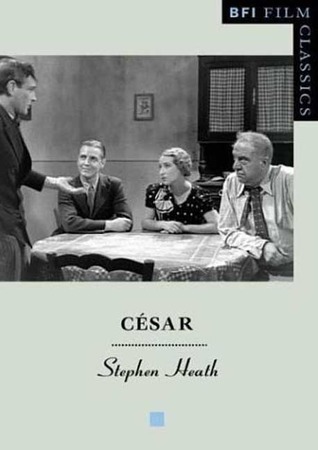
César
2001
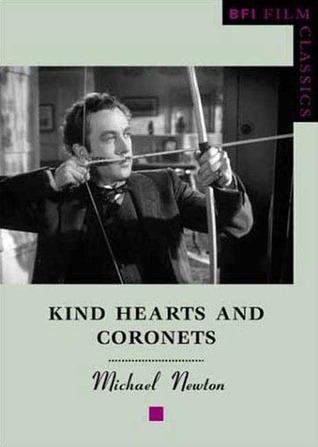
Kind Hearts and Coronets
2003
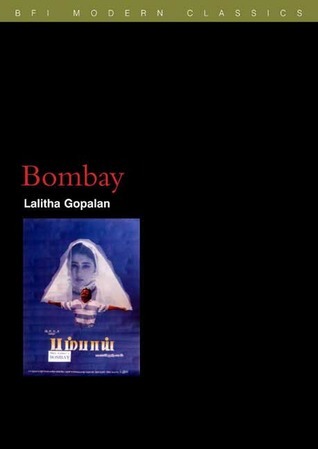
Bombay
2005

Distant Voices, Still Lives
2006
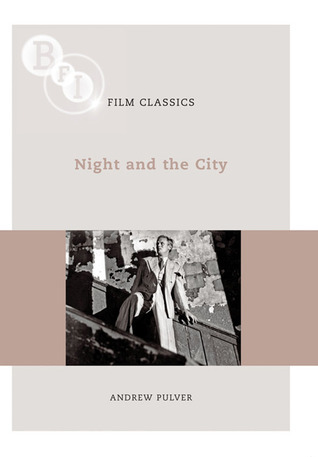
Night and the City
2010
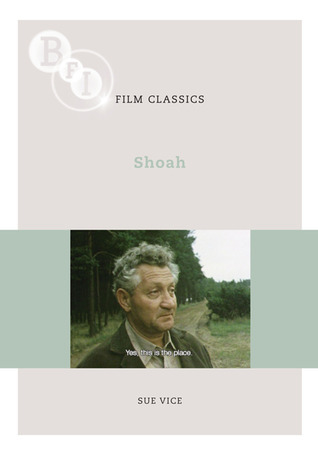
Shoah
2011
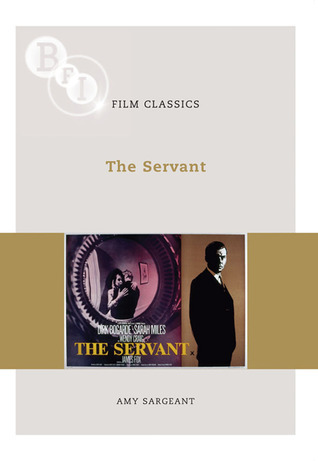
The Servant
2011
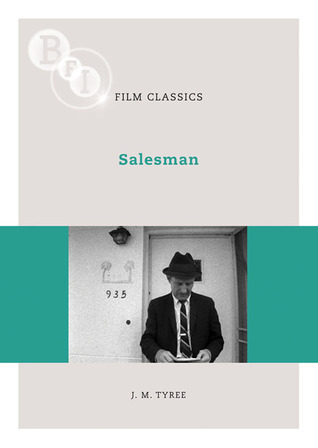
Salesman
2012
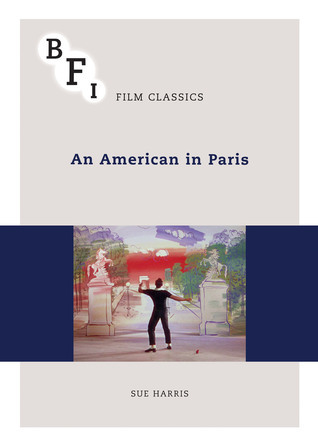
An American in Paris
2015

Head-On (Gegen die Wand)
2015
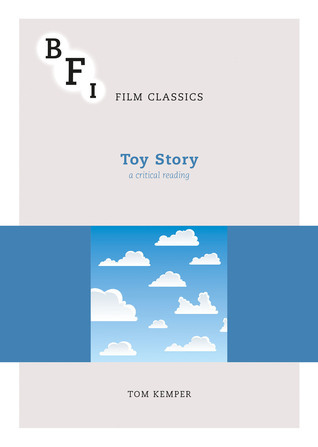
Toy Story
A Critical Reading
2015
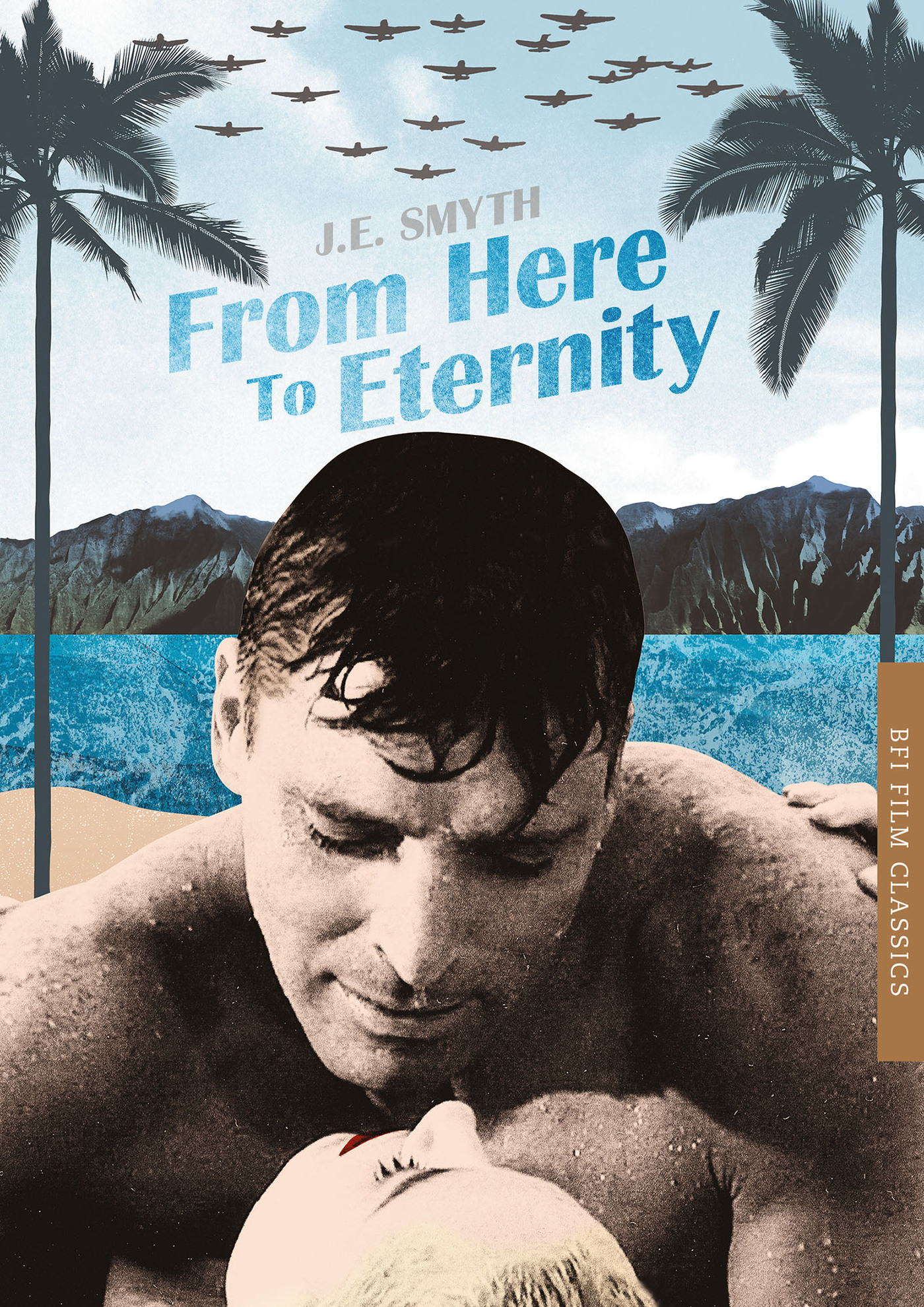
From Here to Eternity
2015
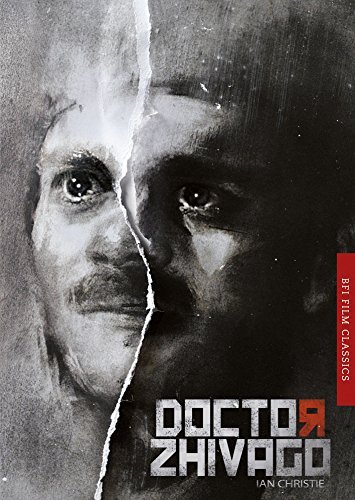
Doctor Zhivago
2015

The Bigamist
2009
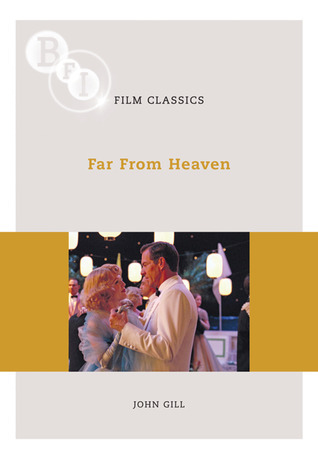
Far from Heaven
2011

Olympia
1993
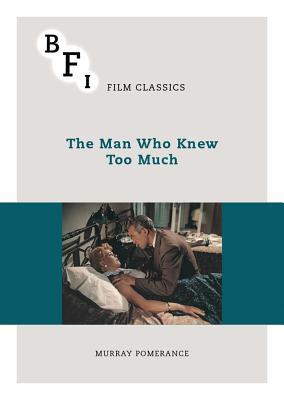
The Man Who Knew Too Much
2016
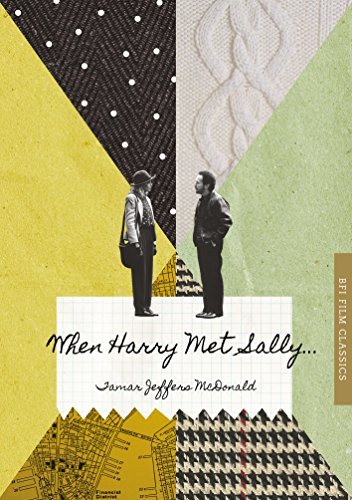
When Harry Met Sally ...
2015
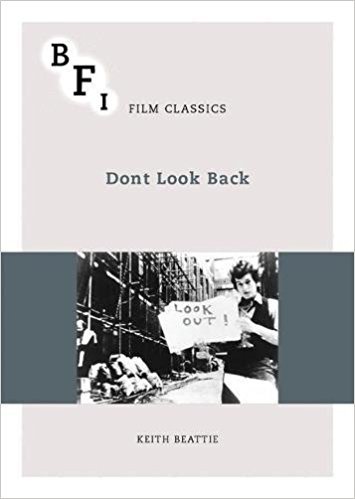
Dont Look Back
2016
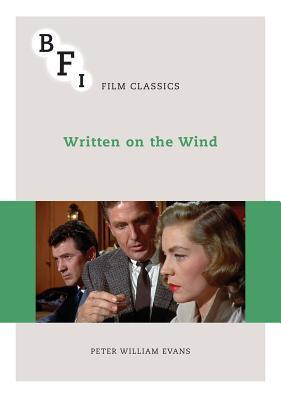
Written on the Wind
2013

Lost in Translation
2023

The Godfather, Part II
2022
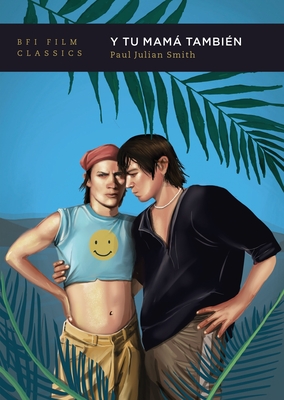
Y Tu Mamá También
2022
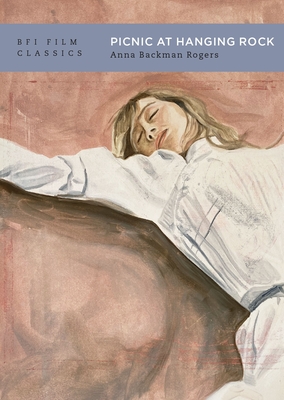
Picnic at Hanging Rock
2022
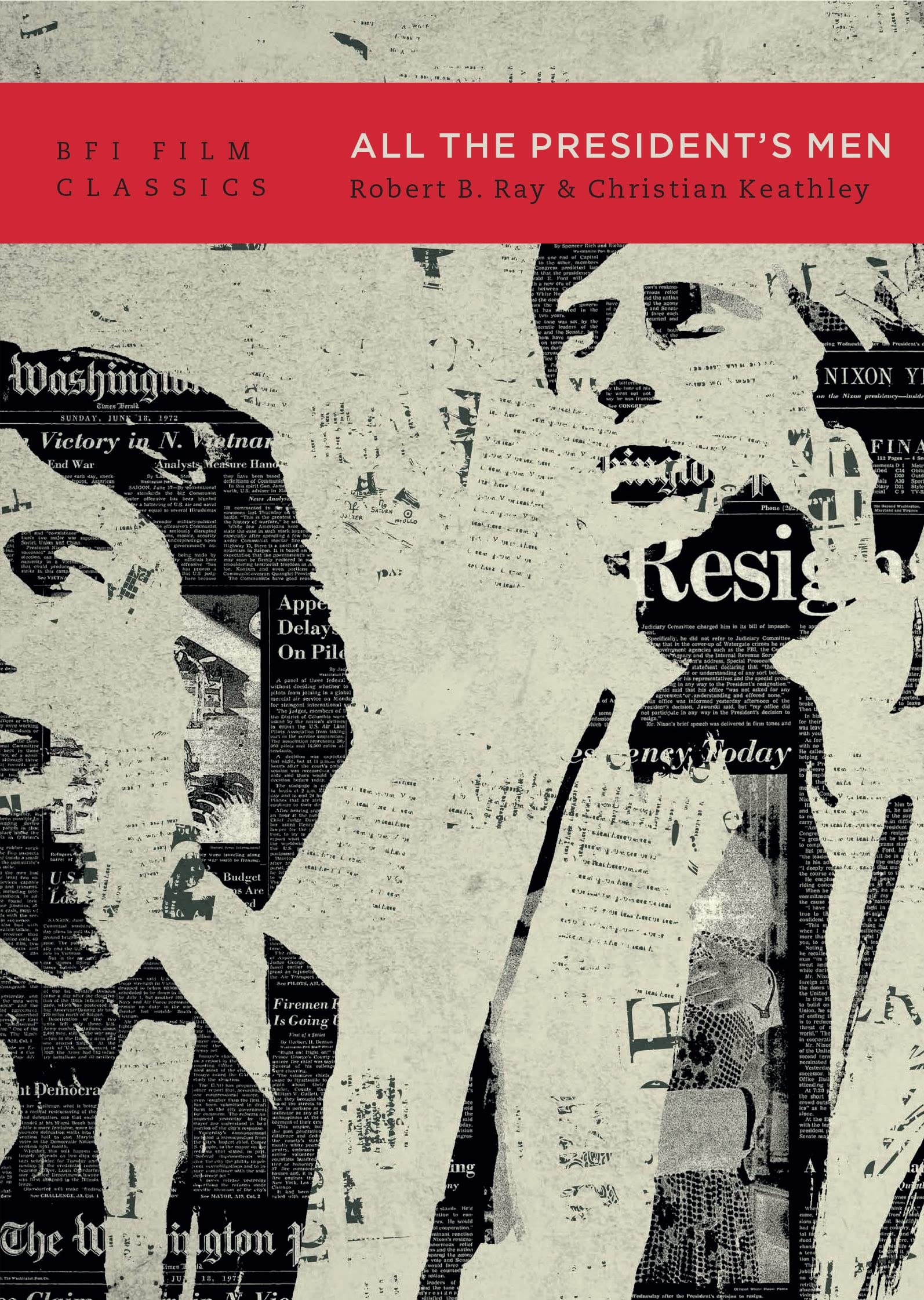
All the President's Men
2023
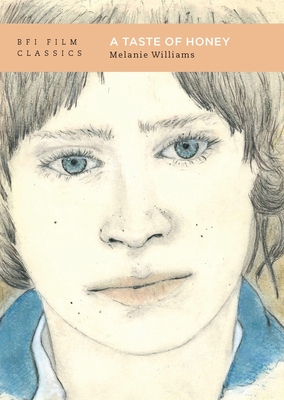
A Taste of Honey
2023
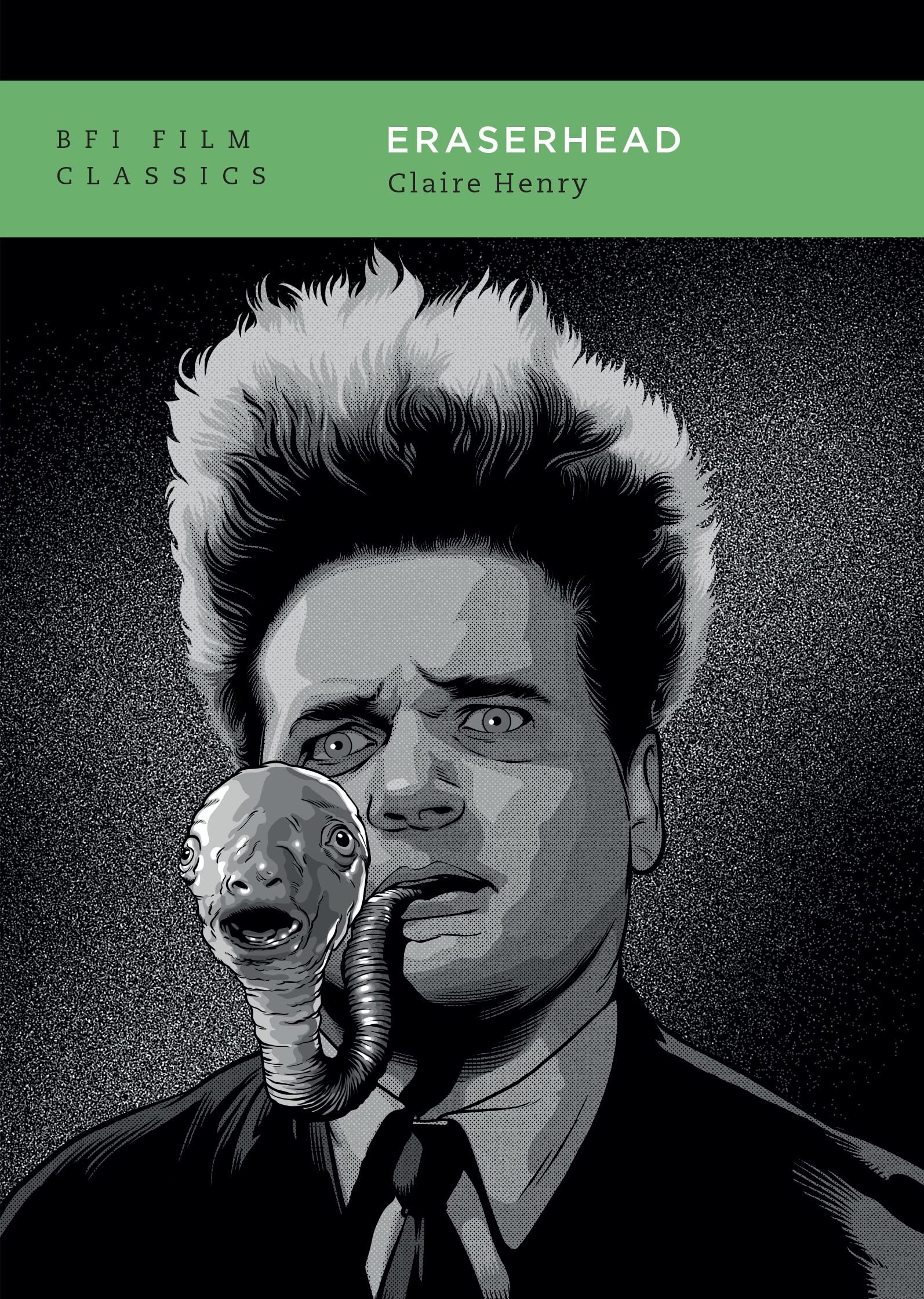
Eraserhead
2023
Authors

J. E. Smyth is a film critic and historian. She was born in New England and was educated at Wellesley College and Yale University. Smyth has written and edited several books about Hollywood, including a new edition of Jane Allen’s novel, I Lost My Girlish Laughter (Random House, 2019) and Nobody’s Girl Friday (Oxford University Press, 2018), a history of the many high-powered women who worked in the golden age of the Hollywood studio system (1924-1954). In 2021, she was named an Academy of Motion Picture Arts and Sciences film scholar for her latest project, a biography of Screen Writers Guild president, labor leader, and feminist, Mary C. McCall Jr.
Jon Lewis is the Distinguished Professor of Film Studies and University Honors College Eminent Professor at Oregon State University and the author of Hard-Boiled Hollywood, and several other books on film. Librarian Note: There is more than one author in the Goodreads database with this name.
Librarian Note: There is more than one author in the Goodreads database with this name. This profile may contain books from multiple authors of this name.


Librarian Note: There is more than one author by this name in the Goodreads database. Michael Newton has taught at University College London, Princeton University, and Central Saint Martin's College of Art and Design, and now works at Leiden University. He is the author of Savage Girls and Wild Boys: A History of Feral Children, Age of Assassins: A History of Conspiracy and Political Violence, 1865-1981, and a book on Kind Hearts and Coronets for the BFI Film Classics series. He has edited Edmund Gosse's Father and Son for Oxford World's Classics, and The Penguin Book of Ghost Stories and Conrad's The Secret Agent for Penguin. He has written and reviewed for the Times Literary Supplement, London Review of Books, the New Statesman, and The Guardian.